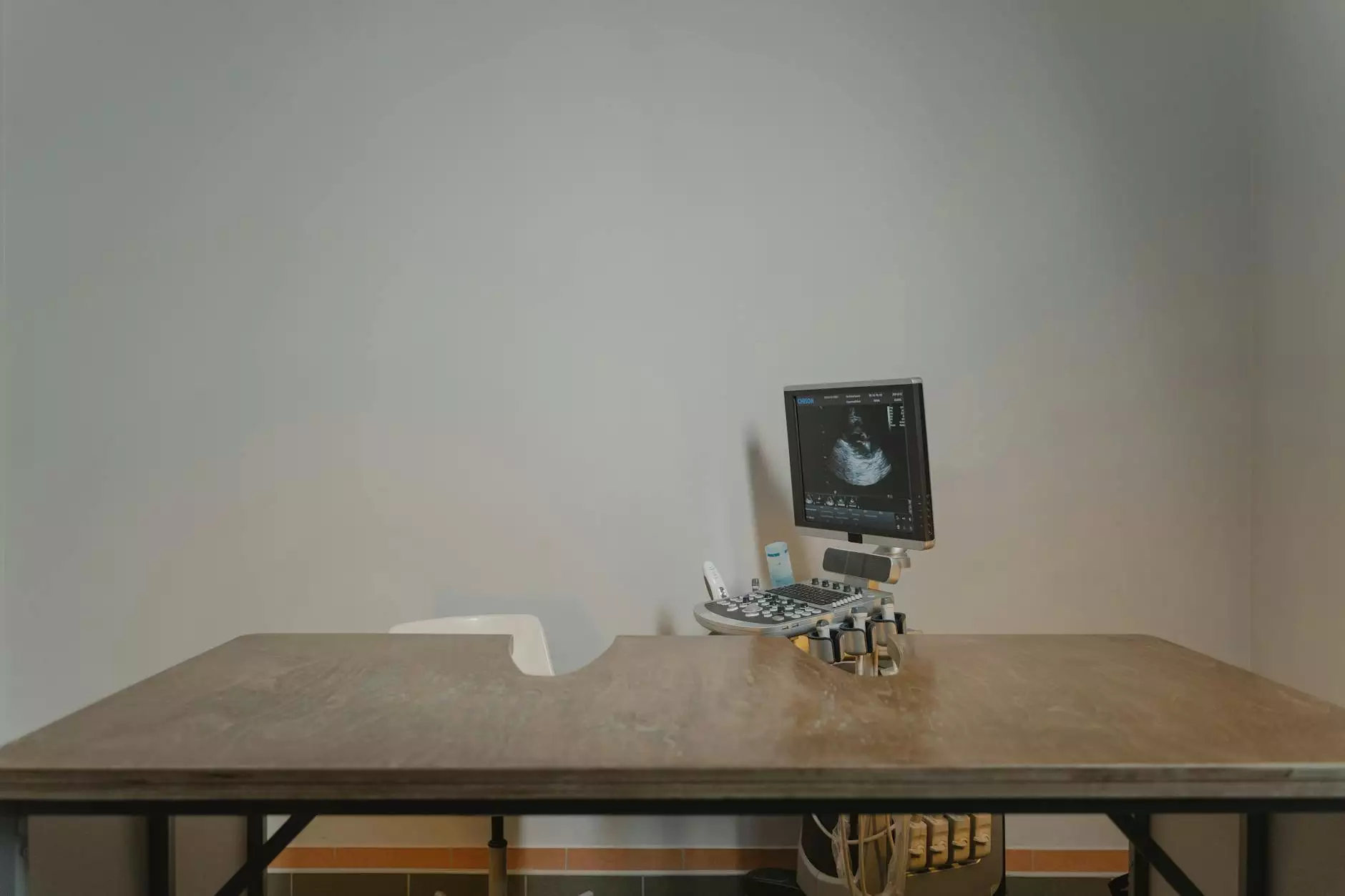Understanding the Complete Hysterectomy Procedure

A complete hysterectomy is a significant surgical procedure that involves the removal of the uterus along with the cervix. This type of surgery can be essential for various medical conditions, including but not limited to uterine fibroids, endometriosis, and certain cancers. In this detailed article, we will delve into the intricacies of the complete hysterectomy procedure, its indications, the steps involved, and what to expect during recovery.
What is a Complete Hysterectomy?
A complete hysterectomy, also known as a total hysterectomy, is a procedure that entails the full removal of the uterus and cervix. Depending on the patient’s condition and the surgeon’s recommendation, the surgery may also involve the removal of surrounding structures, such as the ovaries and fallopian tubes. This is known as a salpingo-oophorectomy and may be performed simultaneously.
Indications for Complete Hysterectomy
There are several medical conditions that may necessitate a complete hysterectomy, including:
- Uterine Fibroids: Noncancerous growths that can cause pain, heavy menstrual bleeding, and other complications.
- Endometriosis: A condition where tissue similar to the lining inside the uterus grows outside of it, leading to pain and discomfort.
- Uterine Prolapse: The uterus descends into the vaginal canal due to weakened pelvic muscles.
- Abnormal Bleeding: Chronic heavy bleeding that cannot be managed with other treatments.
- Cancerous Conditions: Including cancers of the uterus, cervix, or ovaries.
The Complete Hysterectomy Procedure: Step-by-Step
Understanding the complete hysterectomy procedure requires familiarity with the surgical process itself. Here is a detailed breakdown of the surgery, from pre-operative preparations to post-operative care:
Pre-Operative Consultation
Before undergoing surgery, patients will have a thorough consultation with their healthcare provider. This visit may include:
- Reviewing medical history and current medications.
- Conducting a physical examination.
- Utilizing imaging tests such as ultrasounds or MRI scans.
- Discussing the potential risks and benefits of the surgery.
Anesthesia and Surgical Techniques
The complete hysterectomy can be performed in several ways, primarily classified into two categories:
- Abdominal Hysterectomy: Involves a larger incision in the abdomen to remove the uterus.
- Vaginal Hysterectomy: The uterus is removed through the vagina, typically resulting in a shorter recovery time.
Regardless of the method, general anesthesia will be administered to ensure the patient is unconscious during the procedure.
The Surgery
During the complete hysterectomy procedure, the surgeon will:
- Make an incision based on the surgical technique chosen.
- Carefully detach the uterus from surrounding tissues and ligaments.
- Remove the uterus and cervix.
- In some cases, remove the ovaries and fallopian tubes.
- Close the incision using sutures or staples.
Post-Operative Care and Recovery
Recovery from a complete hysterectomy varies based on several factors, including the surgical technique used and individual health conditions. Here’s what you can expect:
Initial Recovery
Immediately after surgery, patients will be monitored in a recovery room. Some common post-operative sensations may include:
- Pain and Discomfort: Manageable with prescribed pain relief medications.
- Fatigue: Common as the body begins the healing process.
- Nausea: May occur due to anesthesia, but it usually subsides quickly.
Home Care Instructions
After being discharged, patients are typically given home care instructions, which may include:
- Avoiding Heavy Lifting: For at least six weeks post-surgery.
- Limiting Strenuous Activities: Including exercise and sexual intercourse.
- Monitoring for Complications: Such as excessive bleeding or signs of infection.
Long-Term Recovery Expectations
Full recovery from a complete hysterectomy can take several weeks to months. Patients may have to adjust to hormonal changes, especially if the ovaries were removed. It’s crucial to:
- Follow up with healthcare providers for regular check-ups.
- Discuss any emotional changes or hormonal replacement therapy options if needed.
- Adopt a healthy lifestyle to aid recovery and improve overall well-being.
Potential Risks and Complications
Like any surgical procedure, a complete hysterectomy carries risks. These may include:
- Infection: At the surgical site or internally.
- Bleeding: Excessive bleeding during or after surgery.
- Damage to Surrounding Organs: Such as the bladder or rectum.
- Blood Clots: Risks increase during recovery, particularly in the legs or lungs.
Living After a Complete Hysterectomy
Patients often face a mix of physiological and emotional changes post-surgery. Understanding these changes can prepare them for their new normal. Key adjustments may involve:
- Menopause Symptoms: If ovaries are removed, expect symptoms such as hot flashes, mood swings, and vaginal dryness.
- Emotional Well-being: Feelings of loss or grief regarding fertility may arise. Support groups or counseling can be beneficial.
- Lifestyle Adjustments: Engaging in regular physical activity and a balanced diet promotes recovery and overall health.
Conclusion
The complete hysterectomy procedure is a transformative surgery that can significantly improve the quality of life for women suffering from various reproductive health issues. By understanding the procedure, preparing for surgery, and knowing what to expect during recovery, women can make empowered decisions about their health. At Dr. Seckin's clinic, we prioritize patient education and comprehensive care, ensuring that every woman understands her options and has the support she needs throughout her healthcare journey.









